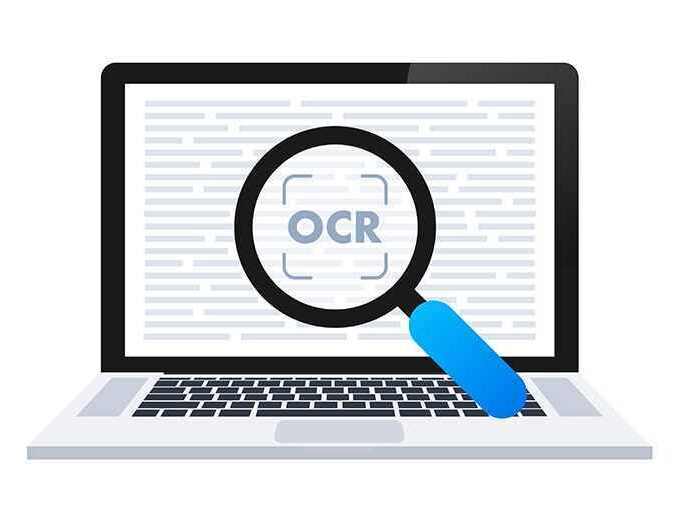Wireless internet is a vital part of the 21st-century lifestyle for every age group, including older adults. Seniors across America need access to high speed internet that connects them to entertainment, healthcare and all of the other necessities of the good life.
Staying connected is especially important for seniors in assisted living communities. While many senior communities offer high-speed Wi-Fi, it’s far from universal. If your loved one’s assisted living facility doesn’t offer wireless internet that meets your needs, here’s why it’s so important to take action — and what you can do to provide them with a robust wireless connection.
Do Assisted Living Homes Have Wi-Fi?
Most assisted living facilities do offer wireless internet connections as part of their standard service package. The Center for Medicare and Medicaid Services (CMS) considers Wi-Fi to be part of a basic standard of living for seniors in residential care, although facilities aren’t required by law to have it.
Unfortunately, not every senior care facility is equipped with usable Wi-Fi. Some assisted living facilities still require residents to provide their own wireless internet, or the provided Wi-Fi may have poor connection quality. In these cases, it’s wise for caregivers to make a plan to get seniors connected to the internet ASAP.
Why Wi-Fi is Critical for Seniors in Assisted Living
Health and Safety
Wireless networks are an essential part of any health and safety plan for senior citizens. First, many medical alert systems that protect senior citizens from falls and other health hazards use Wi-Fi. While many alert systems also use cellular data connections, a robust Wi-Fi connection will give you the most options when choosing an alert system. A reliable Wi-Fi connection is also crucial for the increasing number of seniors who make telemedicine part of their medical care.
Social Connection
Wi-Fi is critical for keeping senior citizens in touch with friends, family, and the community at large. A strong wireless connection provides plenty of bandwidth for video chat and other activities that help seniors stay engaged with the people they care most about. Socialization is among the most important determining factors for the mental health of older adults, so investing in a strong internet connection is also an effective investment in their well-being.
Entertainment
Boredom can be a real problem for seniors in retirement communities. While a community with a lively social scene and a variety of activities is the most important antidote, a reliable internet connection also helps by creating a gateway to an infinite selection of movies, TV, games, and more. Streaming services make it incredibly easy for them to find old and new favorites, and games provide a fun way to stay mentally sharp
Assistive Technologies
Seniors today have access to a huge variety of Wi-Fi-based assistive technologies, including voice assistants and smart home devices. These technologies can make everyday processes substantially easier for older adults, but they require consistent Wi-Fi connections to work correctly. (Some can use alternate connectivity options like Bluetooth, but Wi-Fi is usually the preferred option.
Services
Access to services such as retirement accounts and government benefits is important for seniors who want to maintain an independent lifestyle. While these are accessible through mobile devices using cellular data, mobile interfaces aren’t always friendly to seniors, who may prefer using a desktop or laptop computer. Since most desktops and laptops can’t use cellular data, Wi-Fi is often still the preferred connectivity technology for seniors accessing benefits and services.
Also read: Wired vs Wireless Connectivity – Which is Better for Your Business
Internet Options for Seniors and Caregivers
Assisted Living Facility Wi-Fi
If your current facility provides a wireless network, this is certainly the easiest option. However, you’ll want to make sure that the provided Wi-Fi meets your performance standards. Start by running an internet speed test to get a ballpark idea of the performance you can expect from the facility’s network.
It’s also a good idea to ask about the facility’s digital security practices, since cybercriminals often target seniors for phishing and other forms of fraud. Make sure that the wireless network uses WPA2 or WPA3 encryption to protect seniors’ personal data, and verify that the facility uses common best practices like firewalls and two-factor authentication.
If you want to improve the quality of the existing Wi-Fi, try moving the router to a more central location in the residential unit, or even upgrading the router itself if possible. If the unit has an Ethernet jack, switching to wired Ethernet can also help improve speed and connection quality. For large units where dead spots are an issue, you can try Wi-Fi extenders or mesh networks to improve the range of your Wi-Fi signal.
Senior Internet Solutions
Many internet service providers offer affordable wireless internet solutions for senior citizens. These senior home internet plans are simplified, low-cost plans tailored for older adults, with some offering extra features like simplified user interfaces or educational materials that help senior citizens avoid common internet scams.
You can find local options for low-cost senior internet by searching for “internet for seniors in my area” or a similar term. Major national ISPs sometimes offer senior internet plans, but it’s always worth checking what’s available from smaller and local ISPs, too. Smaller providers often have a more diverse and tailored selection of plans and may be able to offer better customer support, which is key for older internet users.
It’s important to check with the facility’s management before you arrange to install a new internet connection. Senior living facilities sometimes have exclusive contracts with their ISPs which don’t allow independent connections to be installed, and the facility’s IT department may also have rules against it. Even if it’s allowed, you’ll want to coordinate the installation with the facility’s management to ensure that it doesn’t disrupt their operations or caregiving.
Cellular Data (4G and 5G)
When Wi-Fi isn’t available, cellular data technologies like 5G and 4G LTE can provide the connection that seniors need. These technologies use radio waves from cellular towers to power the internet connections on mobile devices like smartphones and tablets.
Most computers don’t connect directly to 4G or 5G, although some that include a SIM card do have this capability. Instead, you can use a smartphone or tablet to set up a mobile hotspot, creating a Wi-Fi network that you can “tether” the computer to.
4G cellular data often isn’t as fast as Wi-Fi, so it’s best used as a stopgap option until you can find a true Wi-Fi connection. 5G is much faster, but it’s not available everywhere yet, and your loved one may need to upgrade to a newer device if they use an older one that doesn’t support 5G connections.
If your senior living facility doesn’t provide acceptable Wi-Fi, the tips we’ve talked about here can help create a real quality of life upgrade for any older adult. With more options for entertainment, socialization, and access to care, your loved one can thrive more and live their best life in their golden years.










Leave a comment